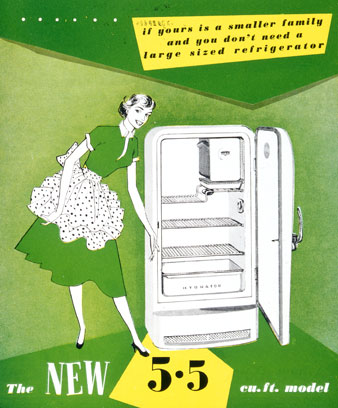He korero whakarapopoto
Newspaper advertising
In the 1840s advertisements in newspapers were simply listings with no pictures. They advertised things like goods for sale, public meetings or lost property.
From the 1850s they began being classified under headings, and illustrations started to appear. In the 2000s newspaper advertising was still important.
Advertising agencies
Agents started selling advertising space in newspapers and making the ads for clients. The first agent in New Zealand was Charles Haines, who began in 1891.
As agencies took on more clients, they needed to employ different kinds of people, including copywriters and artists.
In the 1970s overseas advertising companies came to New Zealand. Agencies became more interested in creating an image for a brand, rather just advertising a product.
Radio
Radio began in New Zealand in 1922, and originally was funded by a licence fee, paid by listeners. In 1931 companies started sponsoring radio shows, but advertising wasn’t allowed until 1937, when commercial radio started.
Radio became very popular in the 1940s and 1950s, and radio advertising became more important.
Television
Television began broadcasting in 1960. At first it was only on four nights a week, and only two had advertising. Until 1989 there were restrictions on how much advertising was allowed.
The rise of television came at the same time as people had more to spend on consumer goods, and television was an important way to advertise them.
Some filmmakers also made advertisements.
Other methods of advertising
These include:
- posters and billboards
- cinema advertisements
- shop window displays
- magazine advertisements
- ads in buses and at bus stops
- internet ads
- junk mail (circulars)
- sponsorship of sports teams or cultural events.
Advertising and society
Advertisements use images and emotions to appeal to people. For example, many imply that people can be successful in love if they buy a particular product.
Advertisements usually showed families in a very traditional way – dad, mum and two children. Women were often shown as good housewives, who took pride in their housework, and men were frequently shown as ‘good kiwi blokes’. As society changed, some advertisements have reflected that. For example one series of advertisements for butter followed a girl whose parents had split up.





